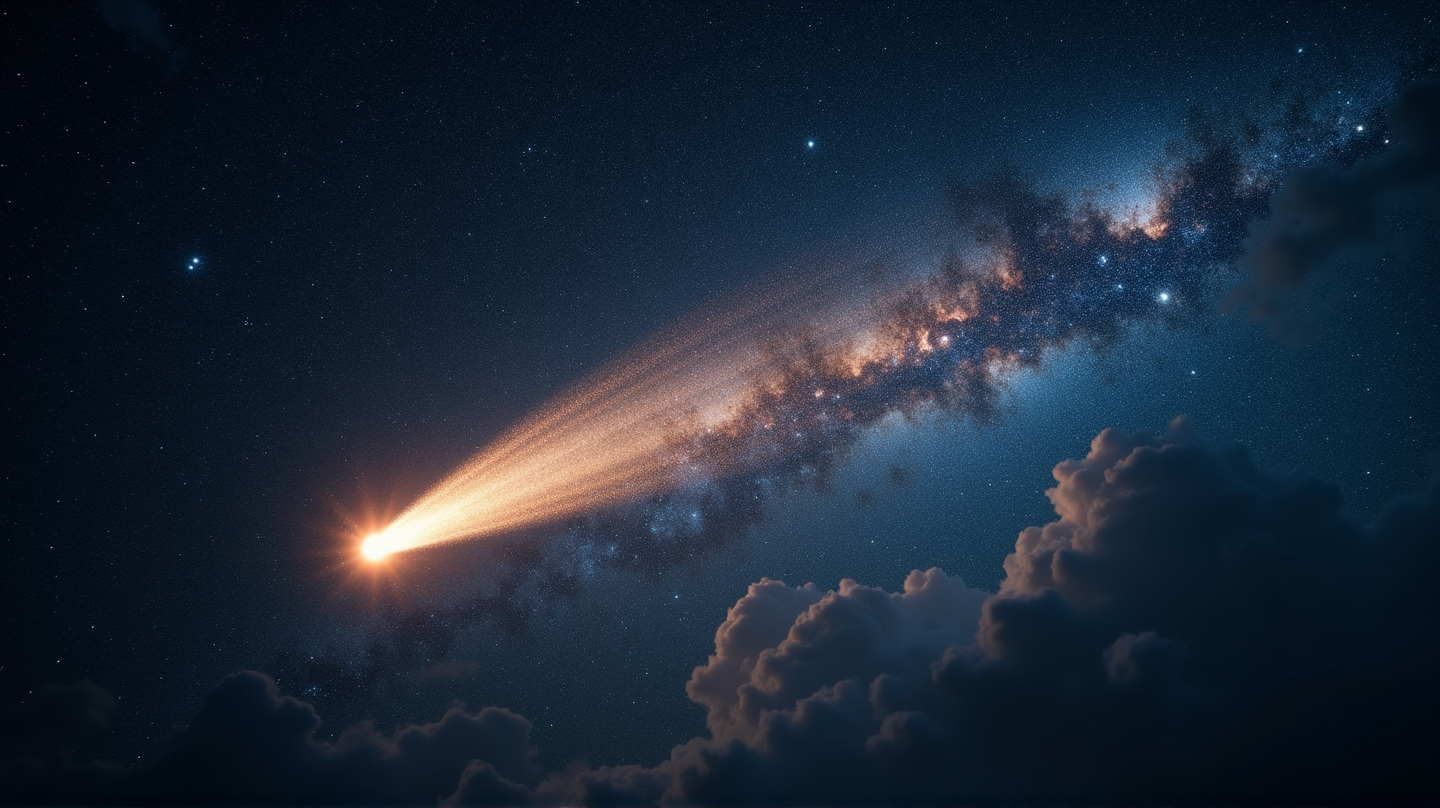Interstellar Comet 3I/ATLAS: A Galactic Ancestor Over 3 Billion Years Old
The comet 3I/ATLAS, older than the Sun, offers a unique opportunity to study ancient cosmic materials within the Milky Way.

Imagine a cosmic traveler journeying through the infinite vastness of the Milky Way, carrying secrets older than our Sun. Meet comet 3I/ATLAS, a rare interstellar visitor whose origins date back over 7.5 billion years, predating our solar system by more than 3 billion years. As stated in Universe Space Tech, its discovery offers an extraordinary glimpse into the universe’s ancient history.
Discovery of a Unique Ancient Traveler
In early July, astronomers were thrilled to announce the sighting of 3I/ATLAS. This comet is only the third confirmed interstellar object to grace our solar system. Scheduled to reach perihelion by October 2025, 3I/ATLAS presents an exceptional opportunity to study material from beyond our solar neighborhood.
Journey through the Thick Disk
Unlike previous interstellar objects briefly visiting our cosmic doorstep, 3I/ATLAS now navigates the galactic thick disk of the Milky Way. This heavily ancient star-rich region provides clues that the comet’s voyage began around a star much older than those in the familiar thin disk, suggesting formidable tales of interstellar wanderlust.
Insights from Oxford’s Astronomers
Oxford University astronomers propose that 3I/ATLAS’s provenance is indeed ancient, originating from stars spinning in the thick disk. Initial estimates gauge the comet’s age at an astounding 7.5 billion years or more, putting it in stark contrast to local comets forming in our relatively younger 4.5 billion-year-old solar system.
Revelations through Fiery Encounters
As 3I/ATLAS meanders closer to the Sun, it promises to unveil more of its secrets. The heat of our star will incite a brilliant sublimation of its icy compositions, manifesting a luminescent coma and a trailing tail. Such events serve as a living testament to the primeval materials interstellar space holds within these celestial voyagers.
What Next-Generation Telescopes Could Reveal
If studies corroborate these findings, this could reshape our understanding of ancient interstellar objects in star and planet formation. Observatories like the Vera Rubin could potentially redefine how we discover traces of our galactic past and the timeless narratives such objects embody.
Embark with us on this awe-inspiring journey through time and space with comet 3I/ATLAS, an ancient interstellar artifact traveling amidst the stars, enriching our knowledge of the universe’s boundless history.

